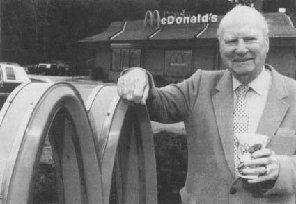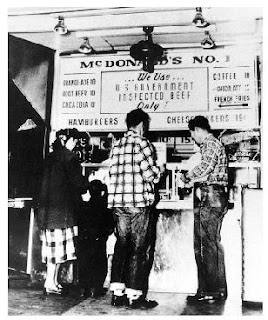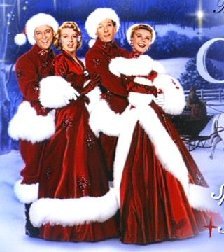History...An electrically propelled tricycle was developed by the R.A. Harding company in England in the 1930s. The electric-powered wheelchair was invented by George Klein who worked for the National Research Council of Canada, to assist injured veterans after World War II.
Powerchairs are generally prescribed for use by users who are unable to use a manual wheelchair. However, in both the US (Medicare and some private insurers) and the UK (National Health Service) powerchairs are generally not prescribed to users who have any ability to walk within the home, even if that ability is variable or so functionally constrained as to be practically useless under most conditions. For example, someone might be able to walk around the kitchen or office, but is not able to walk as far as the bus stop - or even less far whilst carrying shopping. Neither is consideration given as to whether the user is able to move a manual wheelchair themselves. For example, a wheelchair user who is not strong enough to wheel themselves to a bus stop is still not eligible for a power wheelchair. Disability rights activists are campaigning for prescription procedures to focus on an individual needs-based assessment rather than on inflexible application of prescription rules. The restricted prescribing leads to many users being forced to procure a solution privately, in some cases settling for a powerchair or a mobility scooter that is less than ideal to their needs but which falls within their budget.
The use of powerchairs is not restricted solely to users unable to use manual chairs. Any disabled person with a mobility, fatigue or pain-based impairment or cardio-vascular issues may find a powerchair advantageous in some circumstances; however, existing prescription practices generally mean that powerchairs for such use must be privately procured or hired for the occasion.
Sports such as Powerchair Football and Power hockey have been designed specifically for power wheelchair users along with purpose built power wheelchairs.
- 1 scallion (green onion), thinly sliced
- 3 tablespoons soy sauce
- 2 tablespoons dry sherry
- 1/3 cup cornstarch
- 1 teaspoon ground ginger
- 1 teaspoon sugar
- 1/4 teaspoon white pepper
- 2 pounds boneless, skinless chicken thighs, cut into 1-inch chunks
- 2 tablespoons vegetable oil
- In a medium bowl, combine scallion, soy sauce, sherry, cornstarch, ginger, sugar, and pepper; mix well. Add chicken chunks and toss to coat completely. Cover and marinate in refrigerator for 3 hours.
- In a large skillet, heat oil over medium heat. Remove chicken from marinade, discarding marinade, and cook chicken in batches 8 to 10 minutes, or until crispy on all sides and no pink remains.
A grouch can be called by a number of names, some of which won’t be described here. However, a few that might come in handy are curmudgeon, crank, grump, sourpuss, bellyacher, grouse, crosspatch, malcontent, crab, and grumbler. If you manage to turn their mood around they might become known as the neighborhood idealist.
HOW TO OBSERVE
- Find out their favorite baked good and surprise them with it.
- Listen to their grumblings and grumble along with them, just for the day. You might find out some of the reasons why they’re such a grump.
- Just visit with them.
- Offer to help with a difficult project.






















